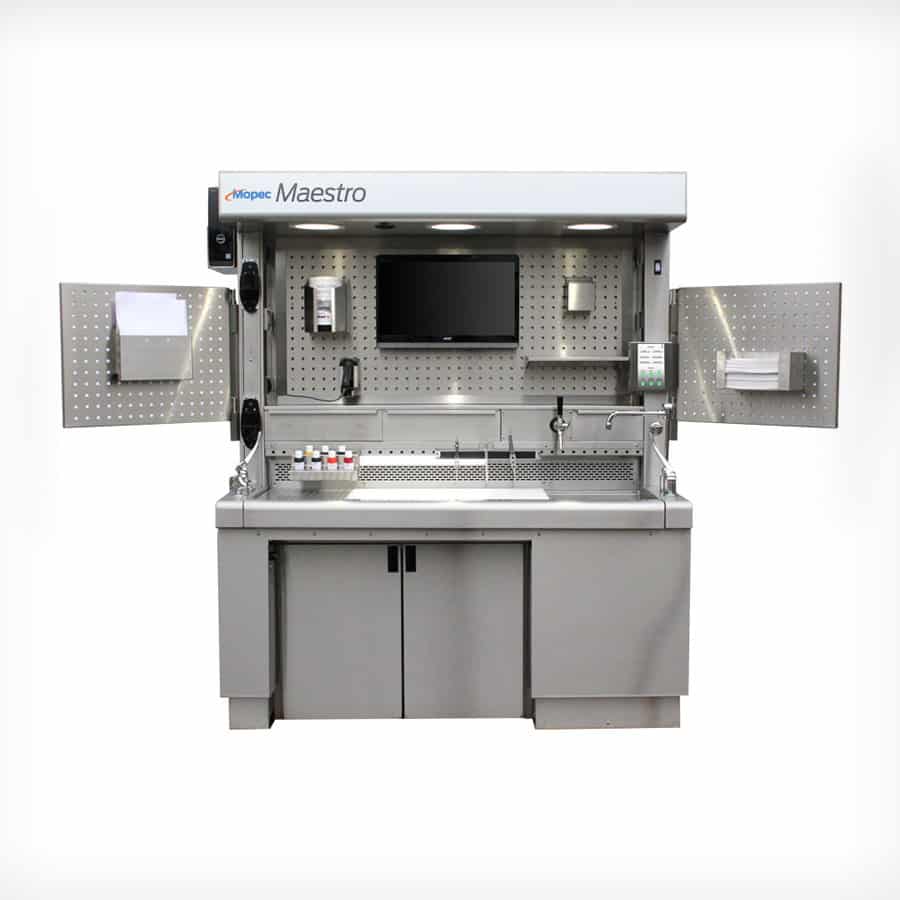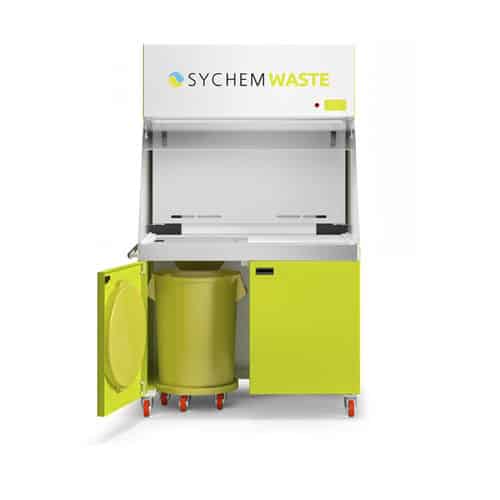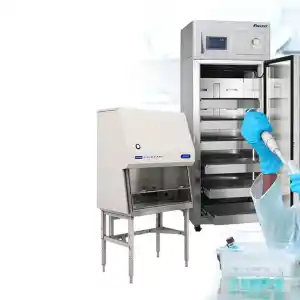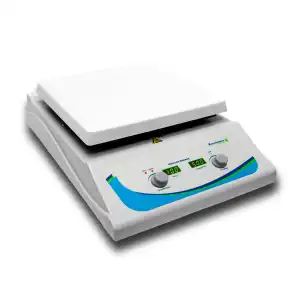There is no one-size-fits-all solution when it comes to pathology grossing stations. Most experienced pathologists have their preferred methodologies and their preferences regarding their working environment. Naturally, laboratory safety is at the forefront of grossing workstation specifications–as are the unique workflow requirements of the facility. But you cannot underestimate the importance of ergonomics and personalization in applied sciences.
Gross processing, or “grossing”, can be an arduous task that depends entirely on the skill and expertise of the pathologist. Yet studies have shown that gross examination can accurately diagnose as many as 90% of specimens. Despite a wholesale uptick in immunopathology tools and a gradual decline in the number of adequately trained macroscopic pathologists, grossing remains an essential component of autopsy and surgical practice.
As with any predominantly manual task, the efficiency and quality of results in grossing are driven by personnel. It naturally follows that a workspace customised to the needs of not only the lab but the individual will cultivate a more efficient environment for anatomical tissue grossing and sample preparation.
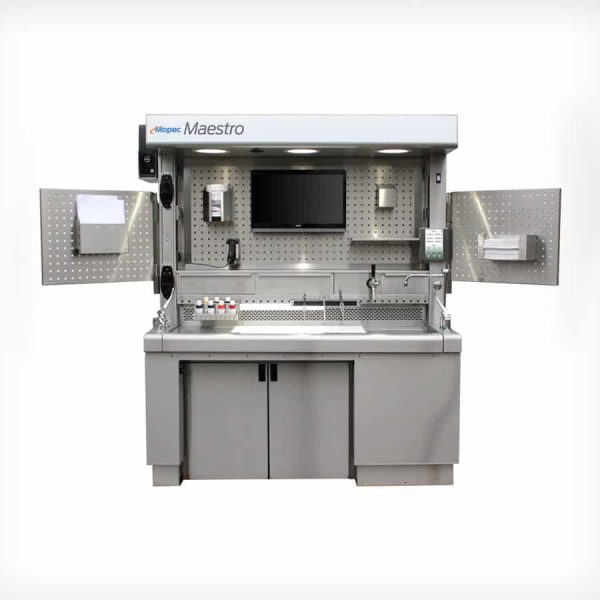
Why Ergonomics Matters to Your Grossing Station
An ergonomic workstation is configured to reduce the risk of injury to personnel. They are specifically geared towards reducing risk factors associated with musculoskeletal disorders (MSDs). Work-related MSDs are a significant drain on employee health and wellbeing, which directly impinges on workplace efficiency and general quality of work. The Occupational Safety and Health Administration (OSHA) defines ergonomics as a method of fitting a job to a person with the express goal of reducing the prominence of MSDs and fostering a more comfortable work environment.
Creating a safer and more inclusive workplace is an initiative that any employer can back, but it is particularly pressing in healthcare settings and verges on alarming for pathologists. One study conducted at the Mashhad University of Medical Sciences found a statistically significant relationship between musculoskeletal complaints and pathologist posture. Two of the study’s three highlighted risk factors apply to any discussion on the importance of ergonomic grossing stations.
A high prevalence of MSDs in the University was attributed, at least in part, to:
- Poorly designed workstations
- Awkward setting of the work surface containing tools and gadgets, including the inability to adjust the seat height
Different grossing station specifications will impact your ability to combat these issues and provide a truly ergonomic workstation effectively. So, what should you be looking for in a grossing station to ensure maximum ergonomic configuration?
Critical Considerations in Grossing Station Design
- Working height is one of the most important concepts when ergonomically configuring your grossing station. Covering the ideal working height for all body types with a static surface is impossible. Hence many grossing stations have an adjustable work surface. The MopecMB1060L, for example, has a broad elevation range of 73cm to 104cm, offering a high degree of flexibility and accommodating comfortable grossing for a wide range of body heights.
- Work area refers to activity space on the grossing station. If your system has stainless steel shelves above the work surface and/or an integral sink embedded into the station, these would be considered part of the work area. These should all be positioned so that they promote dynamic activities, minimal exertion, and optimal workflow. Simple features can dramatically enhance the ergonomics of the work area, such as a swing spout for the sink or magnetic toolbars for ease of access.
- Reach zone is another critical factor. Tools must be arranged within the pathologist’s natural physiological range of movement. However, the complexity of grossing means a plethora of equipment must be available within a small area. A novel solution beyond integrating more easily accessible storage into the grossing station is to introduce hands-free control of electronic subsystems such as lighting and ventilation systems.
- Ingress routes are an easily overlooked factor in grossing station design. These large stations are delivered pre-assembled, so it is essential to measure all ingress routes—including door height—when purchasing a new system.
Enhanced Ergonomics in Grossing Station Design
Mopec strives to do better by design, a concept that permeates their entire autopsy, anatomy, and pathology equipment line. Several minor yet vital ergonomic enhancements have been made through iterative innovations to their grossing stations. The monitor is no longer offset but is directly in front of the user. Also, the computer arm has been altered to allow for bespoke adjustments. They offer a configurable pegboard and built-in garbage can positioned on the opposite side of the station to the keyboard. Lastly, the unit is available with formalin dispensing and disposal, which needs configuring with each unit.
The positive conclusion to this is the current generation of pathology grossing stations are forefronting ergonomics in an unprecedented way. Most major manufacturers recognise the importance of generating customizable workstations that empower pathologists and morticians to work more efficiently and more effectively than ever before.
Source:
Geller SA, Horowitz RE. Gross examination. Methods Mol Biol. 2014;1180:3-19. doi: 10.1007/978-1-4939-1050-2_1. PMID: 25015139.
Rafeemanesh, E., Khooei, A., Niroumand, S. et al. A study on musculoskeletal complaints and working postures in pathology specialists in Iran. BMC Musculoskelet Disord 22, 1012 (2021). https://doi.org/10.1186/s12891-021-04870-w
Ergonomics Guidebook for Manual Production Systems, The Drive and Control Company, Rexroth Bosch Group, , Accessed on 09/05/22
